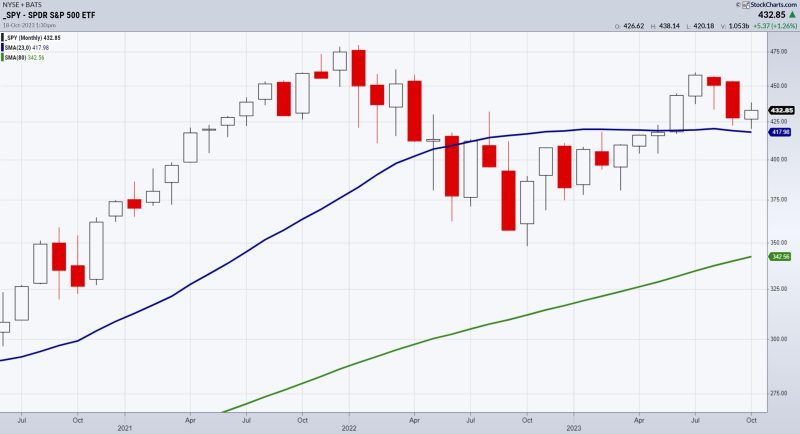The stock market is currently displaying signs of stress fractures, but for now, it appears to be holding together. Recent declines have raised questions as to the strength of the economy and whether more significant breaks are coming but, for now, the market seems to be riding out the turbulence.
The ongoing trade war between the United States and China has caused waves in the stock market, contributing to global uncertainty and leaving investors worried. In the wake of the trade war, the labor market remains strong with the unemployment rate falling to 3.6 percent in April, the lowest since 1969. Despite job gains and lower unemployment, GDP (Gross Domestic Product) growth in the United States has been slow, increasing only 2.2 percent in the first quarter of 2019.
While the stock market has shown signs of stress, it has yet to experience any major breakage. U.S. markets hit a 16-month low in May but bounced back with help from the Federal Reserve and an ambition to reach a trade deal with China. Despite the rebound, the S&P 500 and the Nasdaq remain below all-time highs.
Unfortunately, economists are preparing for more breaks in the market if the U.S. and Chinese governments cannot reach a favorable trade agreement. Goldman Sachs recently warned of a “bear market”—an extended decline in stock prices—if tariffs are not rolled back.
As of now, the stock market appears to be intact with no clear breaks. However, investors are wise to watch for stress fractures that could lead to a more significant tumble. In times of economic uncertainty, it is important to stay updated on the latest news and ensure that investments remain diversified.






























